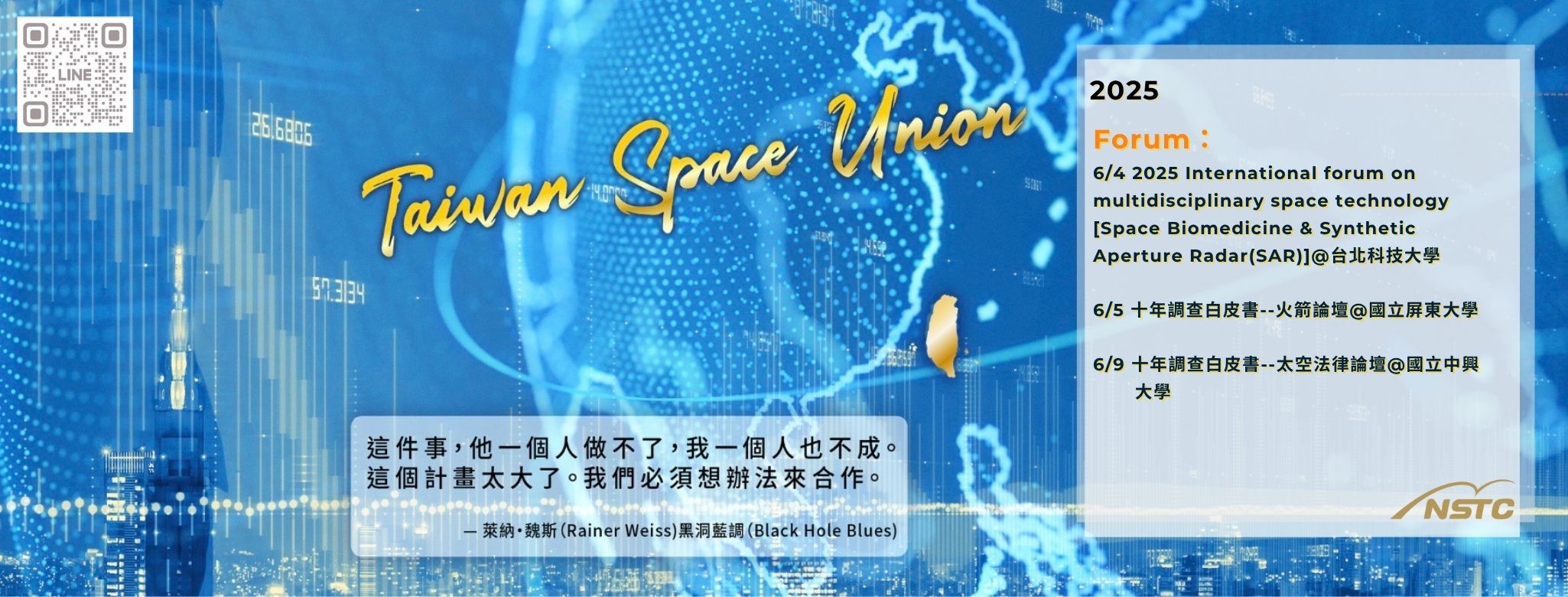Saibun Tjuatja
IEEE Geoscience and Remote Sensing Society
The University of Texas at Arlington
tjuatja@ieee.org
Synthetic Aperture Radar (SAR) is undergoing a significant technological transformation that is expanding its impact on space-based Earth observation. Recent advances in imaging architectures are overcoming the traditional trade-off between spatial resolution and coverage. At the same time, the growing deployment of compact, high-performance SAR instruments on small satellites and agile constellations is enabling more frequent data collection and persistent global monitoring. Advanced processing techniques such as interferometric (InSAR), polarimetric (PolSAR), and tomographic (TomoSAR) SAR are now providing detailed insights into surface dynamics, vegetation structure, and urban deformation. The integration of artificial intelligence and machine learning into onboard and ground-based workflows is helping to process large volumes of SAR data more efficiently and extract meaningful patterns in near real time. Combining SAR with complementary sensors like optical imagery, LiDAR, and GNSS further enhances analysis and supports emerging applications in infrastructure monitoring, precision agriculture, and environmental risk assessment. These advancements position SAR as a core technology for the next generation of remote sensing missions, offering flexible, scalable, and intelligent Earth observation solutions. This presentation highlights these trends and their implications for research and applications in Earth observations.


發佈留言